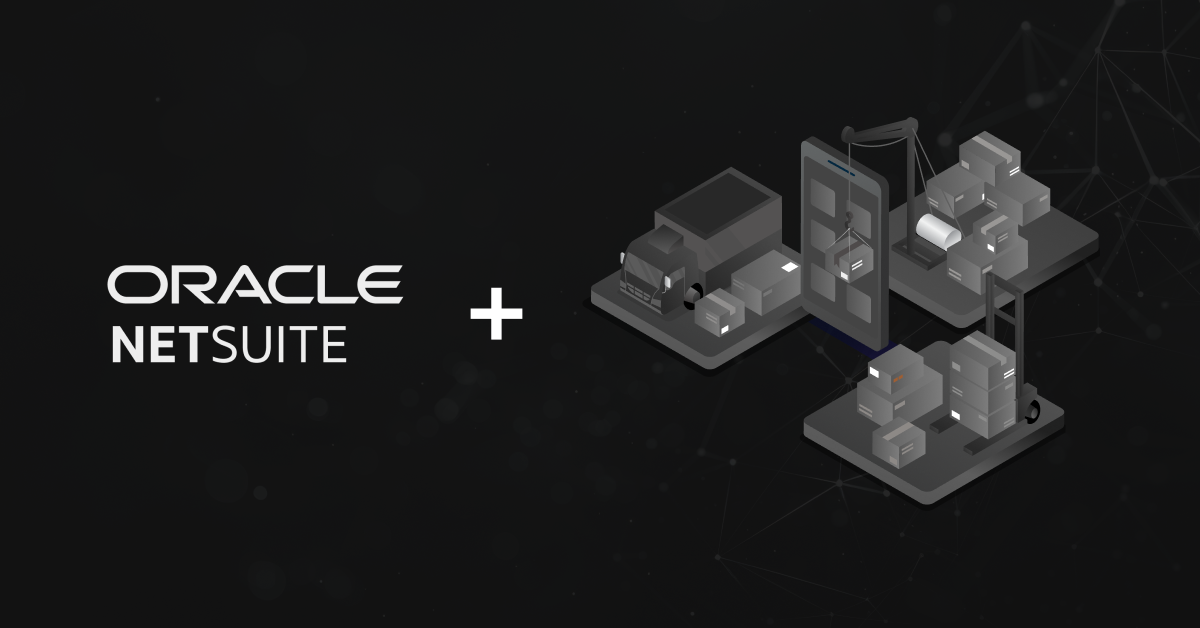Large businesses have long relied on multiple warehouses in different locations to sustain their operations. With the rise of ecommerce, however, we can now say the same for businesses of all sizes. The ability to engage in online commerce has allowed even relatively small companies to scale their operations, both in size and in the spread. As a result, there are now countless businesses that depend on inventory storage and distribution from multiple warehouses in order to serve their customers efficiently.
This growth and expansion are good, but it also poses significant challenges concerning inventory management . Particularly for a smaller company, it’s hard enough to stay on top of storage and shipping from a single facility. Tracking and managing inventory across multiple warehouses is another issue altogether. Fortunately, however, a combination of marketing trends, the growth of analytics, and modern technology is making it easier to handle multi-warehouse management now and into the future.
The following are four current and future trends helping to make all of this easier for modern businesses.
Applying insights on customer preference
We don’t tend to think of customers as having much to do with inventory management automation. However, with more businesses making an effort to study and assess customer insights, there’s something to be said for the same insights bringing about new efficiency in warehouses.
Last year, our webinar on ‘Uncovering Actionable Data Through Product Surveys’ discussed the importance of generating and analyzing feedback from customers. The context in that sense was largely about product development — in that knowing customers’ preferences can (and should) drive a business’s efforts to create new products. In addition though, knowing what customers are buying and appreciating most, or what they’d like to see more of, can also be a first step toward efficiently stocking multi-warehouse inventory. With clear insights into this space, you can ensure that you aren’t taking up space with less desirable products and that the products likely to move quickly are in good supply.
Hiring for analytics
When we talk about the role of analytics in modern inventory management, it is sometimes vaguely implied that “systems” and “technology” will do all the work. While it’s true that there are some extraordinary software programs and analytical tools that can generate helpful insights though, the truth is that the analytics boom has come about with help from a rising workforce of data analysts.
This is an ongoing situation, too. In particular, many of today’s online institutions — built-in parts for career-oriented training — are producing a constant supply of data analysts ready to help businesses of all kinds. According to Maryville University’s master’s in business data analytics program, the analytics market is still growing at a rapid rate, and sending these trained analysts into careers in data analytics, data visualization, and forecasting, and predictive modeling. This is clear evidence of a present and future trend of companies continuing to hire professionals to manage analytics across various operations — including multi-warehouse inventory management.
Collaboration between employees and AI
In the previous section, we noted that educated data analysts still play an important role in shaping strategy, despite the presence of some awfully impressive analytics software programs. Expanding on that same idea, we expect to see increasing collaboration between employees and AI systems in inventory management in the near future.
Across many industries, there are fears of AI taking over human tasks, and in some cases, those fears are more justified than in others. In broad terms though, there’s a growing perception that in many instances AI will actually help to enhance employees’ roles in companies. As an associate professor from the AI lab at Stanford University stated in a piece at Wired, there’s “a really exciting possibility that machine learning itself would help us to learn… to re-skill workers in more effective ways.” The professor was referring in part to a larger effort to identify new roles and training strategies for them. But she also touched on the notion of AI helping to directly bring about new functions for human employees.
This is something we expect to see a fair amount of in multi-warehouse inventory management. It is not a field in which AI can fully take over, or even displace many jobs. But as we automate more functions — from product tracking to shipping route planning, to warehouse equipment maintenance — employees will have more of the information they need to work efficiently and effectively.
Broader implementation of the IoT
Perhaps most important of all in the coming years will be the broader implementation of the IoT across warehouse operations. This is something that has been creeping into logistics operations and inventory management for a few years now already, but it still appears that most companies have only scratched the surface of just what the IoT can help them do in these areas.
Last summer, a Forbes piece on IoT tech in supply chains did a nice job of summing up the various practices and benefits at hand. It mentioned tracking product shipments and the conditions around them; automating reporting and invoicing; optimizing transit speed, cost, and security; and, moving forward, leveraging 5G networks. In short, the IoT can help to eliminate inefficiencies in supply chains from top to bottom — an invaluable benefit to any business managing stocking, storage, and shipping from multiple warehouses at once.
Even given all of these changes and advancements, multi-warehouse inventory management is a difficult task. It requires a great deal of strategy and diligence, as well as rapid problem solving when issues do arise. But moving forward, we will see new tech, new strategies, and trained analytics experts helping to make it all a bit easier — and a lot more efficient.
Contents




